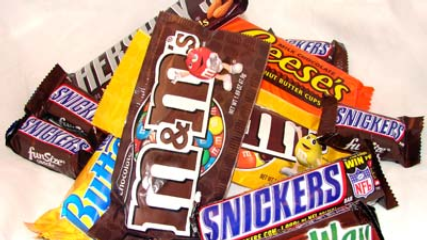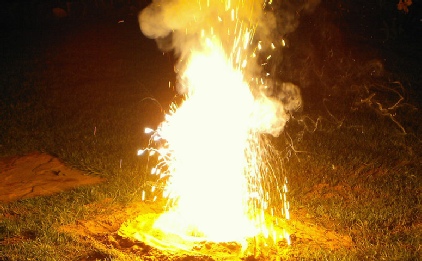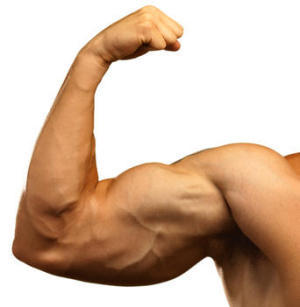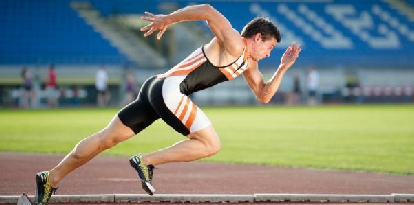





Cellular respiration supplies the body with energy. The circulatory system bring oxygen and glucose to the cells and removes waist.


Respiration is not breathing. It’s the chemical process in which energy is released from food substances (Glucose)
We can break respiration up into 2 types.
Aerobic
Anaerobic
In both processes, we release the energy in glucose. We slowly break the bonds between each atom in a glucose molecule and capture that energy in ATP.
ATP is our bodies usable energy source.
When used it goes from ATP to ADP.
This is an example of an Exothermic reaction, since energy is released.
We use this energy to make proteins, grow, repair, divide, move, maintain homeostasis, fire nerves, transport nutrients in and out of the cell.
So what’d the difference between aerobic and anaerobic respiration?
To understand this lets look at the processes
Step 1
Glucose enters the cells and undergoes Glycolysis.
This is where one glucose molecule is broken up into 2 pyruvate molecules.
This process occurs in the Cytoplasm.
This process creates:
2 pyruvate + 2 ATP molecules

Step 2
This is where we split between aerobic and anaerobic respiration. If Oxygen is present the pyruvate molecules will continue into the mitochondria if not they will stay in the cytoplasm and undergo anaerobic respiration.
Step 2 (anaerobic)
Pyruvate molecules are broken down out side the mitochondria.
In animals, they are broken down in to Lactic acid with a small amount of energy released.

C6H1206 → 2C3H6O3 + 2 ATP
A build up of lactic acid in your system can be deadly. In some animals like crocodiles, it can cause death if they don’t let it break down.
Humans are pretty efficient in breaking down lactic acid.
However after an intense workout session or sprint, you find you start huffing and puffing.
This is called Oxygen debt.
Oxygen debt or Excess Post exercise Oxygen Consumption (EPOC), is where your body is short of oxygen.
While sprinting or doing intense, your body uses up all its oxygen supplies, and beings to run into debt.
So at the end of a workout you breath deeply for a few minutes, to ‘repay’ the oxygen to your body.
Plant, yeast and bacteria undergo anaerobic respiration also, however instead of lactic acid, they produce Ethanol. This process is called Fermentation.

C6H1206 → C2H6O + CO2 + 2 ATP
We use fermentation of yeast to create bear and bread. In bread the bubbles of carbon dioxide gas expand the dough and assist the bread rise.
We ferment grapes to give us wine.

Step 2 (Aerobic Respiration)
When oxygen is present the pyruvate molecules will enter the mitochondria. Here they will under go aerobic respiration.
They end results will be:
C6H12O6 + 6O2 —-
Below we have a table comparing Aerobic to Anaerobic respiration









Short Answer Questions
1. What are the 2 types of respiration
2. What is point of cellular respiration
3. Define an exothermic and endothermic reaction
4. Give 3 examples of how our bodies use the energy
5. Explain oxygen debt
6. What is the difference between anaerobic respiration of plants and bacteria, compared to animals?
7. What are 2 uses of fermentation
8. Fill in the blanks
________ is broken down in the cell to create ATP. The first step of respiration is __________ this is where Glucose is broken down into two _________ molecules. This process releases ___ ATP. If __________ is not present the cell undergoes __________ respiration. Through this process, plant and bacteria cells will produce carbon dioxide and _________, while animal cells will produce _________ ______. However, if Oxygen is present, the cell will undergo ________ respiration. At this stage the 2 pyruvate molecules will enter the ___________ and ____ ATP, ________ and _______ will be produced.
9. Name 3 exercises where you would use aerobic respiration. List 3 exercise where you would use anaerobic respiration.
10. Create a Ven-
Multiple Choice Questions
1. During exercise, the heart rate increases to:
- Supply more lactic acid to the muscles for anaerobic respiration
- Supply more oxygen and glucose to the respiring cells
- Keep up with the pulse rate
2. Why does anaerobic respiration occur during hard exercise?
- There may be insufficient oxygen supplied to the muscle cells
- Carbon dioxide builds up in the respiring muscle cells
- Anaerobic respiration releases more energy from glucose than aerobic respiration
3. Where in the cell do most aerobic respiration reactions happen?
- In the nucleus
- In the mitochondria
- In the ribosomes
4. Which is the correct equation for anaerobic respiration in humans?
- glucose + lactic acid → carbon dioxide + water
- glucose → lactic acid + carbon dioxide
- glucose → lactic acid
5. After hard exercise, panting allows excess lactic acid to be:
- Carried to the liver to be broken down
- Broken down to form carbon dioxide and water
- Converted into glucose for storage
6. In terms of energy released from glucose:
- Anaerobic respiration releases more than aerobic respiration
- Aerobic respiration releases more than anaerobic respiration
- Aerobic and anaerobic respiration release about the same amount